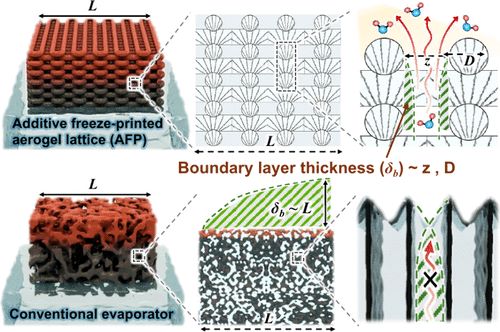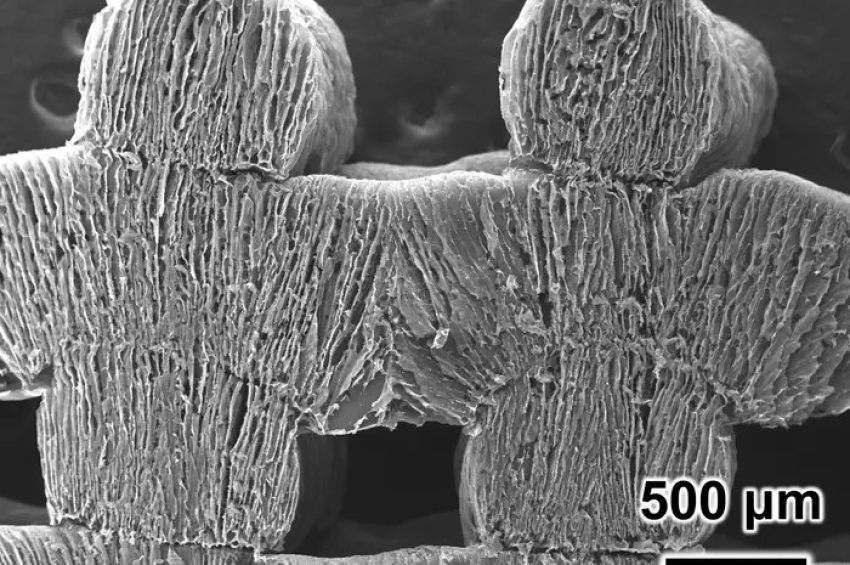Sun-powered 3D-printed sponge turns seawater into freshwater
Chinese scientists have invented a clever way to turn seawater into drinkable water using nothing more than sunlight and a special sponge-like material.
This innovation, accepted for publication in the journal ACS Energy Letters, could help provide clean water in areas where it’s scarce — without relying on expensive or energy-hungry desalination plants, the inventors said in a press release.
Even though most of the Earth is covered in water, almost all of it is salty ocean liquid that we can’t drink. Desalination — the process of removing salt — is already used in many parts of the world. But the traditional desalination method is done at large plants, is expensive, and use a lot of energy.
More to read:
What we can learn from Maya about water management
To tackle this challenge, the researchers, who work for the Department of Aeronautical and Aviation Engineering, and the Hong Kong Polytechnic University, created a new kind of material called an aerogel.
It’s light, full of tiny air pockets, and powered by the sun.
How it works
Unlike other water-purifying materials like squishy hydrogels, this aerogel is more rigid and has solid pores that are ideal for moving water vapor.
More to read:
Just how much water does the Moon hide? Hundreds of billions of tons
Here’s what the researchers did:
• They made a special paste from carbon nanotubes and cellulose nanofibers (a material from plants).
• Using 3D printing, they built the material layer by layer on a frozen surface, creating tiny vertical channels — each only about 20 micrometers wide (roughly a quarter of a human hair).
• These channels help carry heat and water vapor efficiently.
The result is a sponge-like material that looks simple, but performs incredibly well.

To test it, the team placed a square of the aerogel into a cup of seawater. They then covered the cup with a curved piece of clear plastic. During the process, sunlight heated the top of the aerogel. The heat caused only the water to evaporate — the salt remained behind.
Then the clean water vapor rises and condenses on the underside of the plastic cover. The liquid drips down into a collection container.
After just six hours in natural sunlight, the system produced around three tablespoons of clean, drinkable water.
More to read:
Ocean acidification crosses planetary boundary, no return to previous levels is possible now
While that might not sound like much, the key takeaway is that this system works at any size. Whether you use a small or large piece of the material, it maintains the same efficiency — making it easy to scale up for real-world use.
Why it matters
This technology is energy-free as no electricity is needed; simple to set up — just a sponge and sunlight; and scalable — it works for small or large systems.
As the global population grows and fresh water becomes harder to access, innovations like this sun-powered sponge could make a big difference — especially in remote or under-resourced areas.







